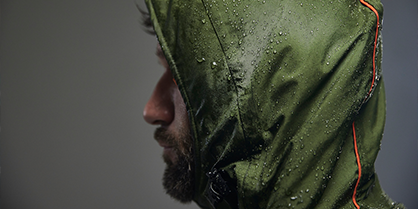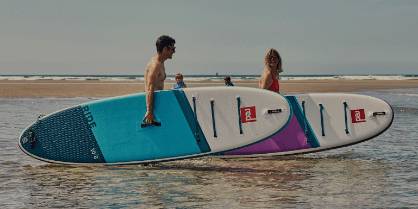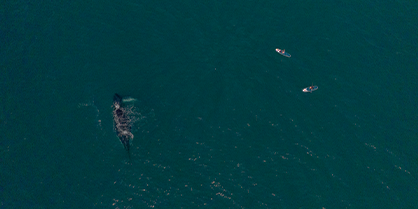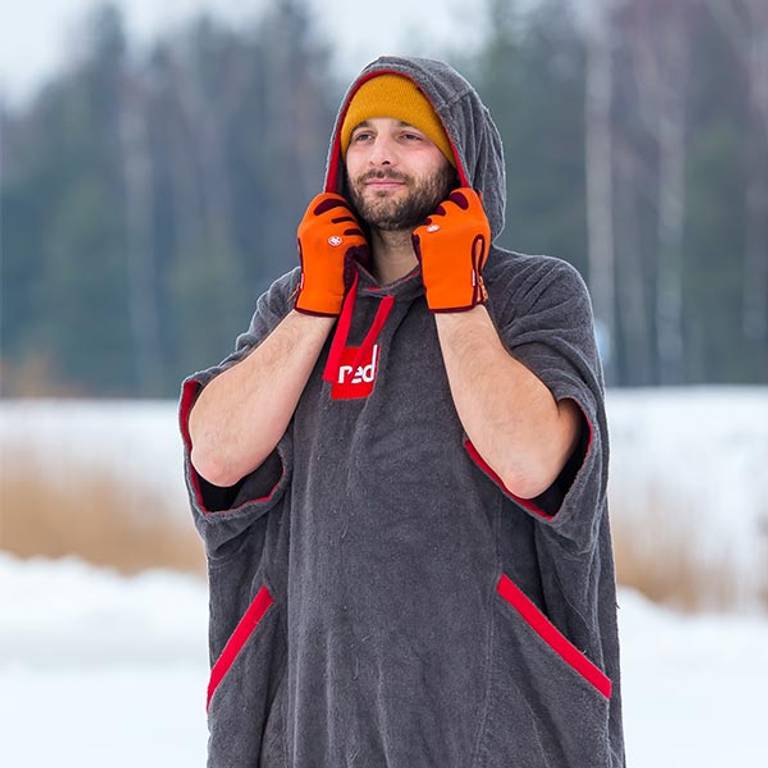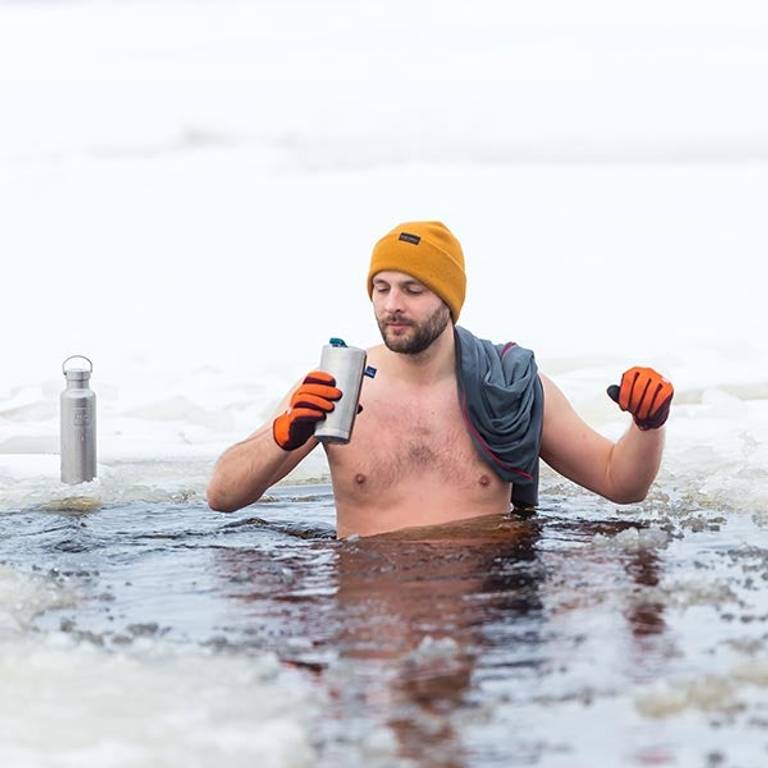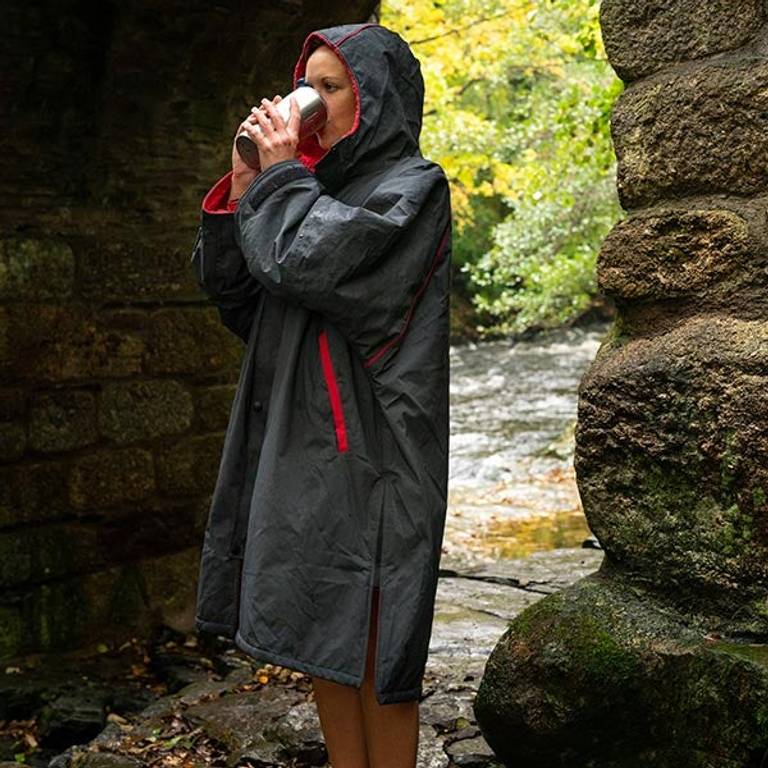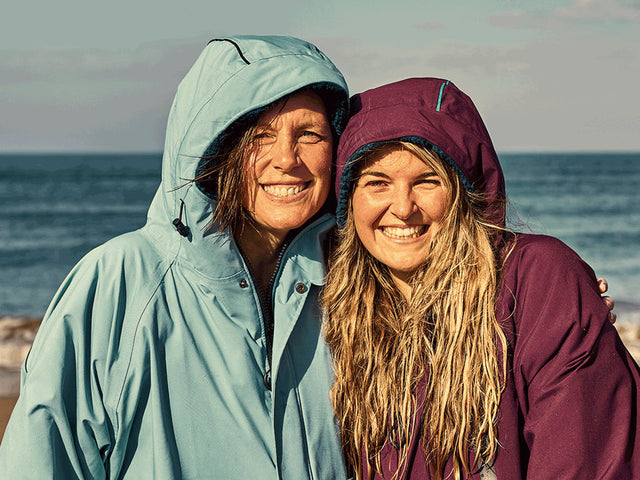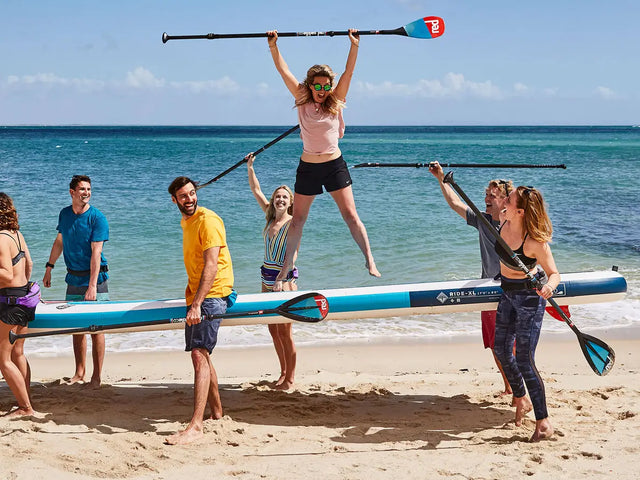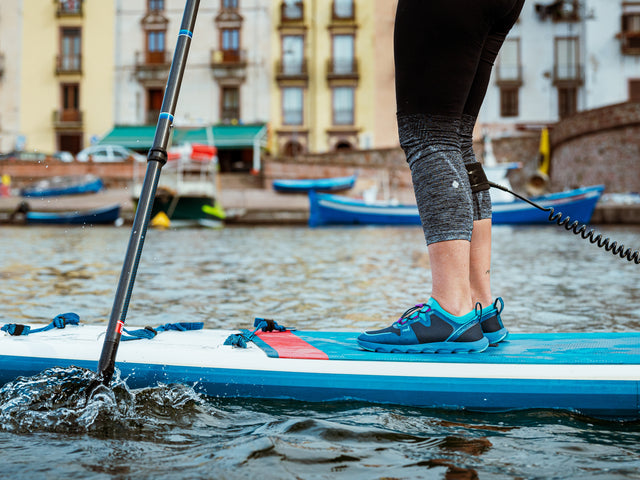
For those of use who experienced the bracing activity of cold water swimming know very well the positive effects on physical and mental health. To share some knowledge we've joined up with guest expert, Dr Mark Harper, who's a Consultant Anaesthetist at Brighton and Sussex University Hospitals and a staunch advocate of cold water swimming. His research extends to his reports on using cold water swimming as a treatment for major depressive order. With the hope that one day it will be prescribed as a solution over antidepressant drugs.
Having moved from the seafront town of Brighton to Norway he has experienced his first winter, swimming in some pretty chilly conditions. Mark's first of 2 blogs shares his advice in the art of keeping warm.
Although I’ve been travelling to Norway throughout the year for a long time now, this is the first time I’ve spend the whole winter here. And it has really settled in with a vengeance. It’s cold even by Norwegian standards with the air temperature running between -4 and -10˚C and the wind chill hitting -18-20˚C for over 3 weeks now – and with more of the same forecasted
A couple of weeks ago it was quite wind-still. This meant that we had to break the ice to get into the sea. The temperature in the water was 0.8˚C.
By last weekend, the north-easterly wind had been blowing for a few days, clearing the ice where we swim but bringing the water temperature down to a new record low (at least for me) of 0.5˚C.
I’ve been super-interested to note, however, that it really hasn’t felt nearly as bad as I thought it would. I think this is down to the fact that I’ve developed a really good routine over the 17 years since my first winter. Some of this has been based on proper research. Other parts on my observations and personal experience over the years.
I’ve found the most important thing is to go into the water warm. I remember, one winter day, cycling down to the swimming club in Brighton inadequately dressed, thinking that it was so cold in the water that it didn’t matter if I was cold when I got in. How wrong I was! It was a thoroughly unpleasant experience (though still better than not swimming once I’d warmed up) and one that I was determined not to repeat.
There Are Two Things To Consider – Generating Heat & Keeping Heat
Back home in Brighton I usually cycle to my swim. It turns out that this is the best thing to do according to research. Warming up actively – in other words, generating heat from the inside out through exercise – means you cool slower than if you warm up passively in front of a heater. The latter option actually means you cool down quicker than if you hadn’t warmed up at all. Interestingly, I’ve noticed that on the odd occasion when I’ve had to drive to my swim, I find it colder when I enter the water and I get colder quicker once I'm in. In Norway, I jog through the woods with my miniature Schnauzer, Lego.
Keeping hold of that heat is important. On the bike, I use multiple layers – starting with an updated version of the string vest from a Norwegian company, Brynje. In terms of thermodynamics, the string vest is actually a brilliant solution. Air is a fantastic insulator so, if you can keep a still layer of air next to the skin – as you can with a string vest covered with a close-fitting mid-layer – you can really keep the heat in.
The Myth About Wearing A Hat
I think it’s always important to wear a hat – both to be more easily spotted and help keep the heat in. It should be noted that the figure of 95% of heat being lost through the head is a bit of a myth. It’s true that there was one study that found this but the rest of the subject was enclosed in a dry suit so it’s hardly surprising that most of the heat escaped through the scalp. Saying that, the head still does lose relatively more heat than the rest of the body due to the fact that the brain despite only making up 2% of total body weight, it receives 15-20% of the blood supply. Furthermore, the blood vessels of the scalp don’t shut down in the cold in the same way as those which supply the body’s surface, presumably to keep the brain functioning optimally.
About The Author, Dr Mark Harper
Mark Harper is a consultant anaesthetist at Brighton and Sussex University Hospitals who, accidentally and via quite unrelated routes, has developed an interest in the negative effects of getting cold during surgical operations and the positive effects of cold water swimming. His professional life and his PhD are based around keeping patients warm. However, his research increasingly involves immersing people (and, as a member of Brighton Swimming Club, himself) in cold water in collaboration with the Extreme Environments Laboratory at Portsmouth University. His team have undertaken the first study into the clinical effect of sea swimming on depression and anxiety. He is also the expert advisor on cold for the Outdoor Swimming Society. He is currently on sabbatical, working in southern Norway and is particularly pleased that he has now had the opportunity to break the sea ice before having his swim (well, more of a dip really).
Mark is also part of a team that has created Chill UK, a Sport England funded program to improve access to cold water swimming for those who suffer with anxiety and depression.
Mark Harper is a member of The Outdoor Swimming Society team, for more information on managing cold, check out a range of blog content on cold water swimming.



